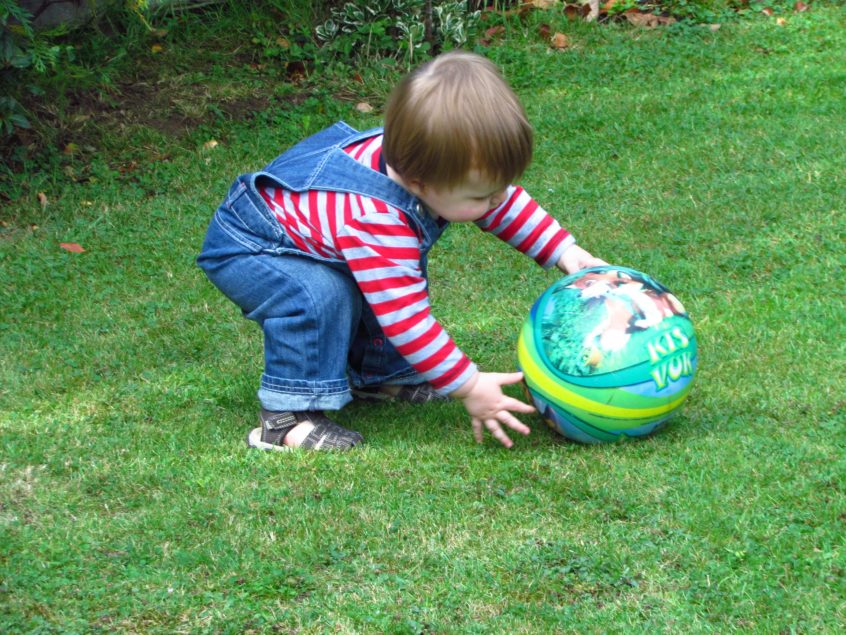Physical literacy is a life journey embarked upon at the earliest stages of life and continued throughout adulthood and later life. Experiences during the early years can shape the direction of the journey for the rest on an individual’s life.
A young child aged 0-3 years undergoes a rapid period of development for example, during the first eighteen months of life connections in the brain are created at a rate of one million per second. Development is largely shaped by the environment to which children are subjected. Creating positive, stimulating and safe environments for children to move and explore provides development opportunities that start children on a positive physical literacy journey for life.
Being active in the early years is beneficial for physical health and development – proven to support brain development, enhance bone, muscular and cognitive development. It also enhances social and emotional skills through developing resilience and behavioural flexibility. For this blog, one of the most important aspects of being active is that it is also a key component of developing physical literacy and therefore it is important to embed physical literacy concepts into physical activity programmes for under-fives.
What are the implications for practice?
Allow young children the opportunities to move freely guided by natural instinct. Exploring different ways of moving relies on intrinsic motivation to move how they want and develops confidence in their ability to execute movements. Instilling confidence to move during this early stage of life helps children to enjoy movement and inspires ongoing participation in sport and physical activity for life.
Practically, this can be achieved by allowing time for free play to explore movement on a daily basis. It may be beneficial to move tables and chairs from the indoor environment even if only for short periods to encourage more free movement. A traditional approach would be to give a child a ball and encourage them to practice a particular skill, eg, throw and catch the ball ten times. Using a physical literacy approach you would provide a ball and allow a child freedom to explore what they want to do with the ball under their own motivation.
It is beneficial to provide lots of different objects for children to explore and different surfaces to move across in a range of ways in order to develop confidence in a range of environments and to help every child find something that they enjoy. This could mean for example, providing treasure baskets of safe everyday objects to explore and providing opportunities to walk, jump, roll and slide over different surfaces such as slopes, sand, cushions, grass etc.
We can conclude that the early years is a critical period for kick starting the physical literacy journey for life. Embedding physical literacy concepts into physical activity and play for young children can help them develop the basic movement skills, motivation and confidence to continue an active life throughout childhood and beyond.
Guest Blog By Kate Ellis, Information Officer, British Heart Foundation National Centre for Physical Activity and Health.

